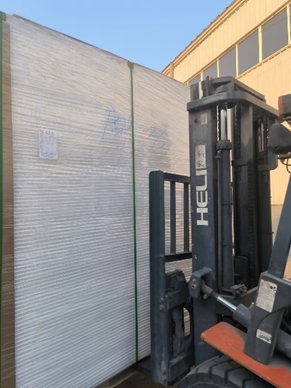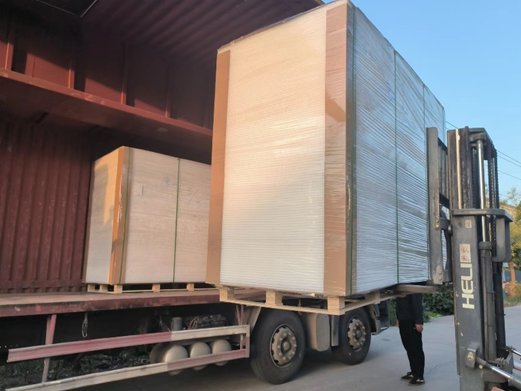
Engineering has shown that the bending stiffness of any panel is proportional to the cube of the thickness. Therefore, the purpose of core materials in composite laminates is to increase the stiffness of the laminate by effectively "thickening" the laminate with low-density core material. This provides an initial increase in stiffness with very little additional weight.
Plastic honeycomb panels are derived from bionic honeycomb structures. It is composed of a row of round holes or hexagonal tubular structures and has a large strength-to-weight ratio. Thermoplastic honeycombs are usually produced by extrusion and then sliced to a customized thickness. The performance of the honeycomb material depends on The size of the honeycomb and thickness and strength of the honeycomb material. The thickness of the board is usually 3-50mm, the panel size is usually 1200 x 2400mm, and the maximum board can be produced up to 3m x 1.5m.
Honeycomb core material with non-woven fabric is a thermoplastic polypropylene honeycomb core covered with a layer of non-woven fabric on the surface. The surface is suitable for glueing and lamination of many surface materials, thereby producing various types of lightweight and high-strength sandwiches. Structural panels. A layer of adhesive film can also be covered between the non-woven fabric and the honeycomb core, which can effectively prevent glue leakage. So, what are the characteristics of this core material?
The features of honeycomb panels:
1、The honeycomb panel is very light in weight, uses fewer materials, and has a very low cost. The structure of the honeycomb interlayer and the performance of the finished product are stable.
2. Honeycomb panels have fixed structural properties, are not easily deformed, have strong compressive resistance, very strong tensile strength, and a neat surface that is not easily deformed.
3. The structure of the honeycomb panel structure is a relatively closed small room, filled with gas, and has good sound absorption, heat insulation, and heat insulation properties.
4. Honeycomb panels are made of recyclable raw materials and can be recycled after application, so they have the characteristics of zero pollution and environmental protection.
Based on the above characteristics, many industries are gradually using plastic honeycomb panels as the core material of structural panels. Applications in many fields can be realized by changing different surface materials.
1. Fiberglass honeycomb sandwich panel
 FRP honeycomb panel is a composite panel made of two thin surface sheets (i.e. fibre-reinforced composite plastic) firmly bonded to two surfaces of a thicker honeycomb core material. It is also called a honeycomb sandwich structure. The fiberglass sheet skin and PP honeycomb core are combined to form a glass fiber reinforced PP honeycomb panel, which is one of the strongest lightweight composite panels currently on the market. PP honeycomb is a durable, environmentally friendly, lightweight material with good corrosion resistance, while FRP is also a high-strength material. The combination of the two not only achieves lightweight and high strength but also has good anti-vibration function. Because of its special structure, FRP honeycomb panels can improve the compressive strength of the panels and have a long service life. It is mostly used in the automobile manufacturing industry, interior wall decoration projects, and advertising industries as dry cargo compartments, RVs, containers, purification workshops, laboratory interior wall decorative panels, curtain wall panels, and fiberglass electronic whiteboards.
FRP honeycomb panel is a composite panel made of two thin surface sheets (i.e. fibre-reinforced composite plastic) firmly bonded to two surfaces of a thicker honeycomb core material. It is also called a honeycomb sandwich structure. The fiberglass sheet skin and PP honeycomb core are combined to form a glass fiber reinforced PP honeycomb panel, which is one of the strongest lightweight composite panels currently on the market. PP honeycomb is a durable, environmentally friendly, lightweight material with good corrosion resistance, while FRP is also a high-strength material. The combination of the two not only achieves lightweight and high strength but also has good anti-vibration function. Because of its special structure, FRP honeycomb panels can improve the compressive strength of the panels and have a long service life. It is mostly used in the automobile manufacturing industry, interior wall decoration projects, and advertising industries as dry cargo compartments, RVs, containers, purification workshops, laboratory interior wall decorative panels, curtain wall panels, and fiberglass electronic whiteboards.
2.Stone honeycomb backing pad/composite board
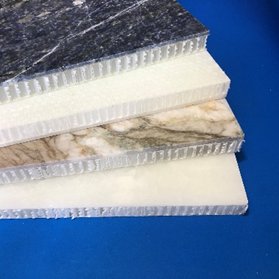 In the currently popular modular design of kitchen countertops, it is convenient for stone processing factories to produce in batches, thus reducing costs. After the stone is processed to a certain length, the back side of the honeycomb partner is bonded with special glue, properly cold-pressed and cured for a certain period of time to form a solid overall stone composite structure. It surpasses the performance that full-body stone countertops do not have, saving stone and energy consumption.
In the currently popular modular design of kitchen countertops, it is convenient for stone processing factories to produce in batches, thus reducing costs. After the stone is processed to a certain length, the back side of the honeycomb partner is bonded with special glue, properly cold-pressed and cured for a certain period of time to form a solid overall stone composite structure. It surpasses the performance that full-body stone countertops do not have, saving stone and energy consumption.
3. Decorative surface material honeycomb sandwich panel
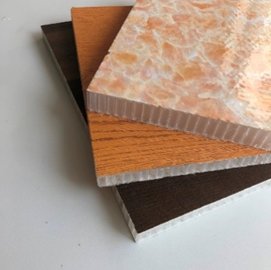 The surface of non-woven honeycomb panels can be combined with decorative surface materials of various textures and patterns, such as wood-grain PVC, stone-grain melamine paper, and matte glossy surface, which reduces decoration costs while increasing aesthetics, and plastic materials are insect-proof. Mildew-proof, moisture-proof, lightweight and noise-reducing. Adding more options to the home decoration industry.
The surface of non-woven honeycomb panels can be combined with decorative surface materials of various textures and patterns, such as wood-grain PVC, stone-grain melamine paper, and matte glossy surface, which reduces decoration costs while increasing aesthetics, and plastic materials are insect-proof. Mildew-proof, moisture-proof, lightweight and noise-reducing. Adding more options to the home decoration industry.
4. Carbon Fiber Honeycomb Composite Panel
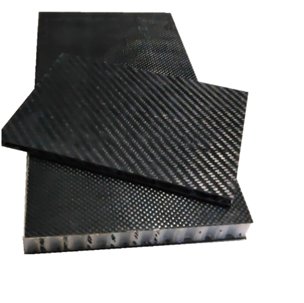 Carbon fiber composite honeycomb sandwich panel have the high specific strength and high specific stiffness of the composite sandwich structure, so they can be applied to the main bearing structural material in the fields of aviation, aerospace, weaponry, etc., It has excellent bending stiffness and torsional stiffness, and has the advantage of high structural stability under the large-span, which is especially suitable for the large-span structure of the aircraft with the stringent requirements on weight.
Carbon fiber composite honeycomb sandwich panel have the high specific strength and high specific stiffness of the composite sandwich structure, so they can be applied to the main bearing structural material in the fields of aviation, aerospace, weaponry, etc., It has excellent bending stiffness and torsional stiffness, and has the advantage of high structural stability under the large-span, which is especially suitable for the large-span structure of the aircraft with the stringent requirements on weight.
5. Wooden surface honeycomb composite panel
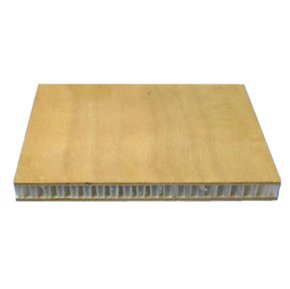 Usage: Furniture panels, wall panels, ceilings, built-in panels for yachts, high-speed rail, etc.
Usage: Furniture panels, wall panels, ceilings, built-in panels for yachts, high-speed rail, etc.
6. Metal sheet honeycomb composite panel
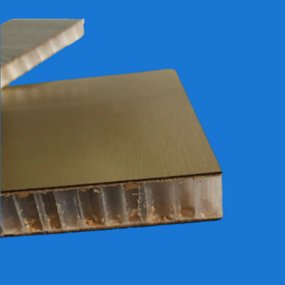
Usage: Can be used as hanging boards for building exterior walls; interior decoration projects, billboards, product display stands, indoor partitions, and car bodies.
7. Acrylic Honeycomb Composite Panel
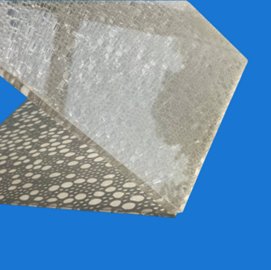 Usage: Indoor partition boards, decorative boards, showcases, soundproof doors and windows, lighting covers, home panels. Light boxes, signs, signs, display racks, advertising signs.
Usage: Indoor partition boards, decorative boards, showcases, soundproof doors and windows, lighting covers, home panels. Light boxes, signs, signs, display racks, advertising signs.
Our company has been committed to the production of PP non-woven honeycomb core materials for nearly 20 years. We have supplied many manufacturers with plastic non-woven honeycomb cores (pp honeycomb core with non-woven surface) that match their requirements, and assisted in clients project development. Testing and modification. Currently, the customized options can be include the size, shape, aperture, thickness, etc. The most commonly used standard thicknesses are 20mm 25mm and 15mm. Achieving has a complete quality control system to strictly implement customers' weight and tolerance standards and has reached the production capacity of large-scale supply. If you are interested in pp honeycomb panel, welcome to visit www.chinahoneycomb.com and www.cnhoneycomb.com.
